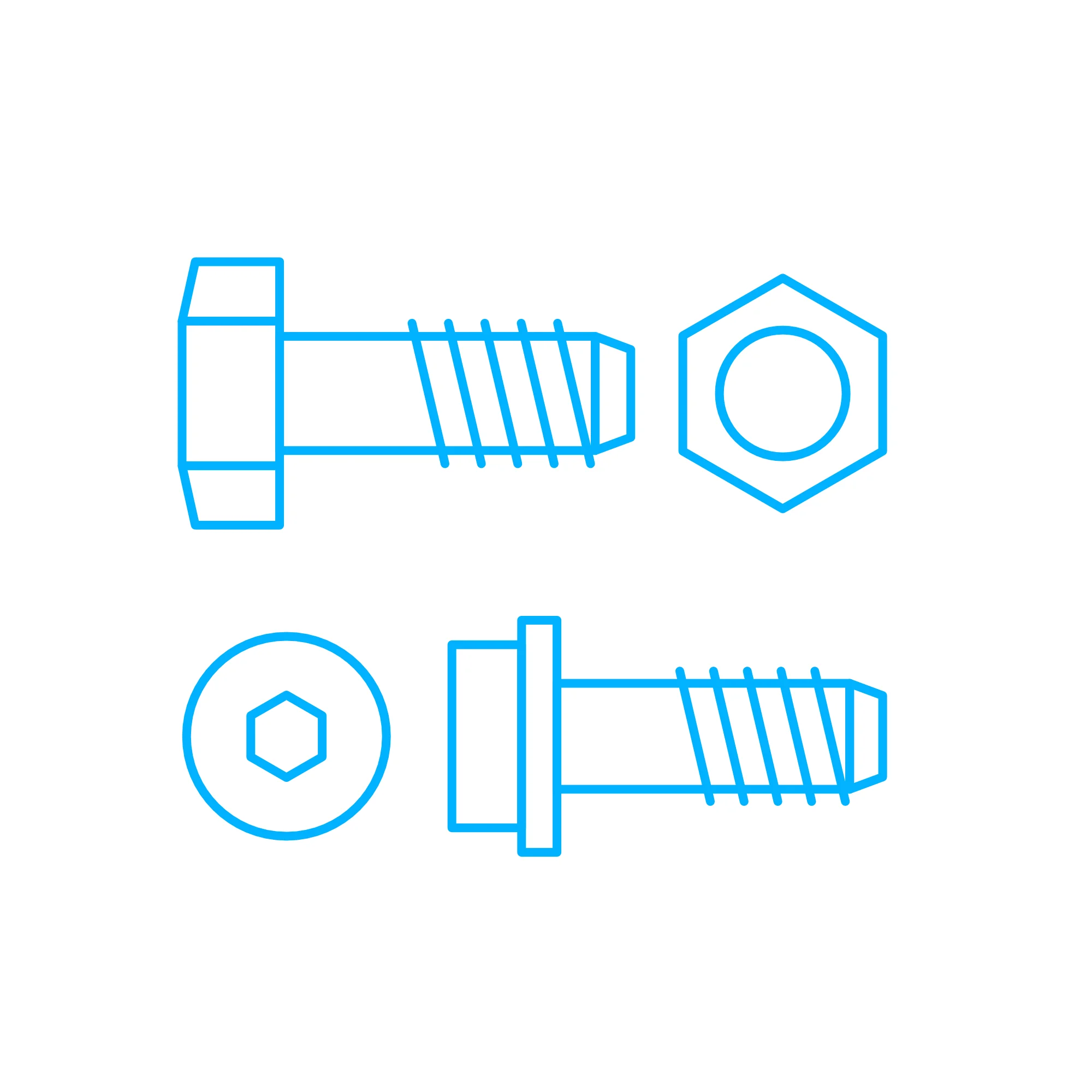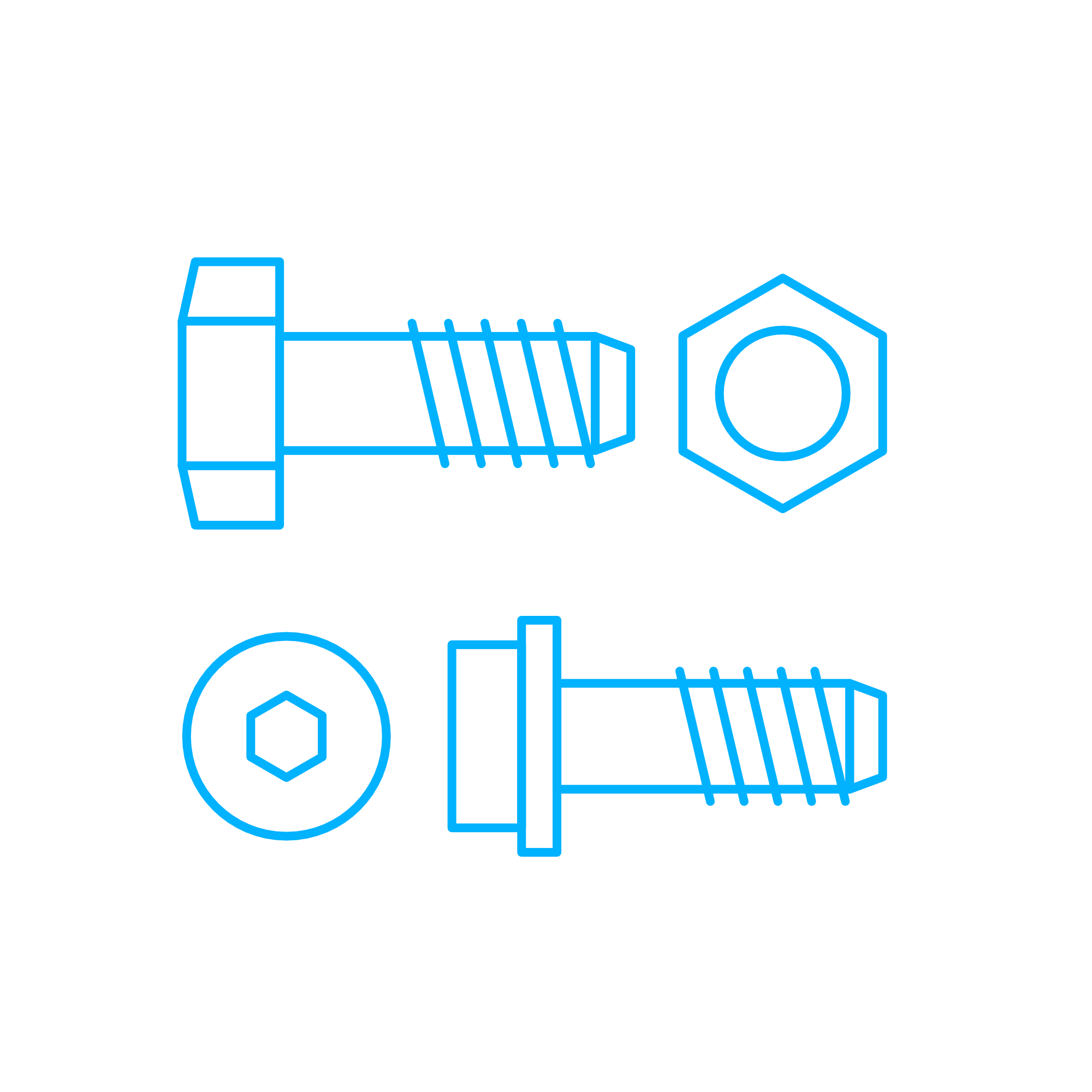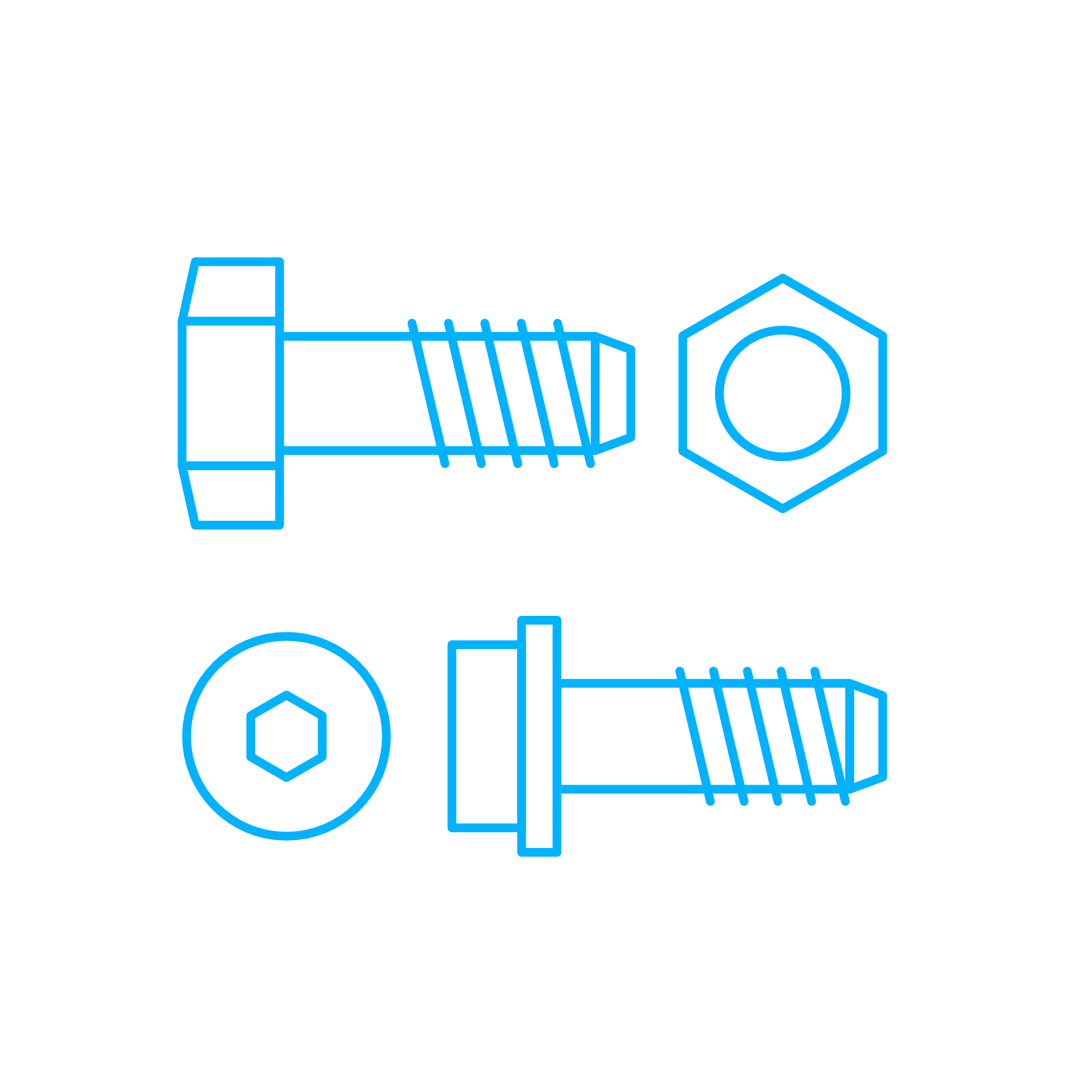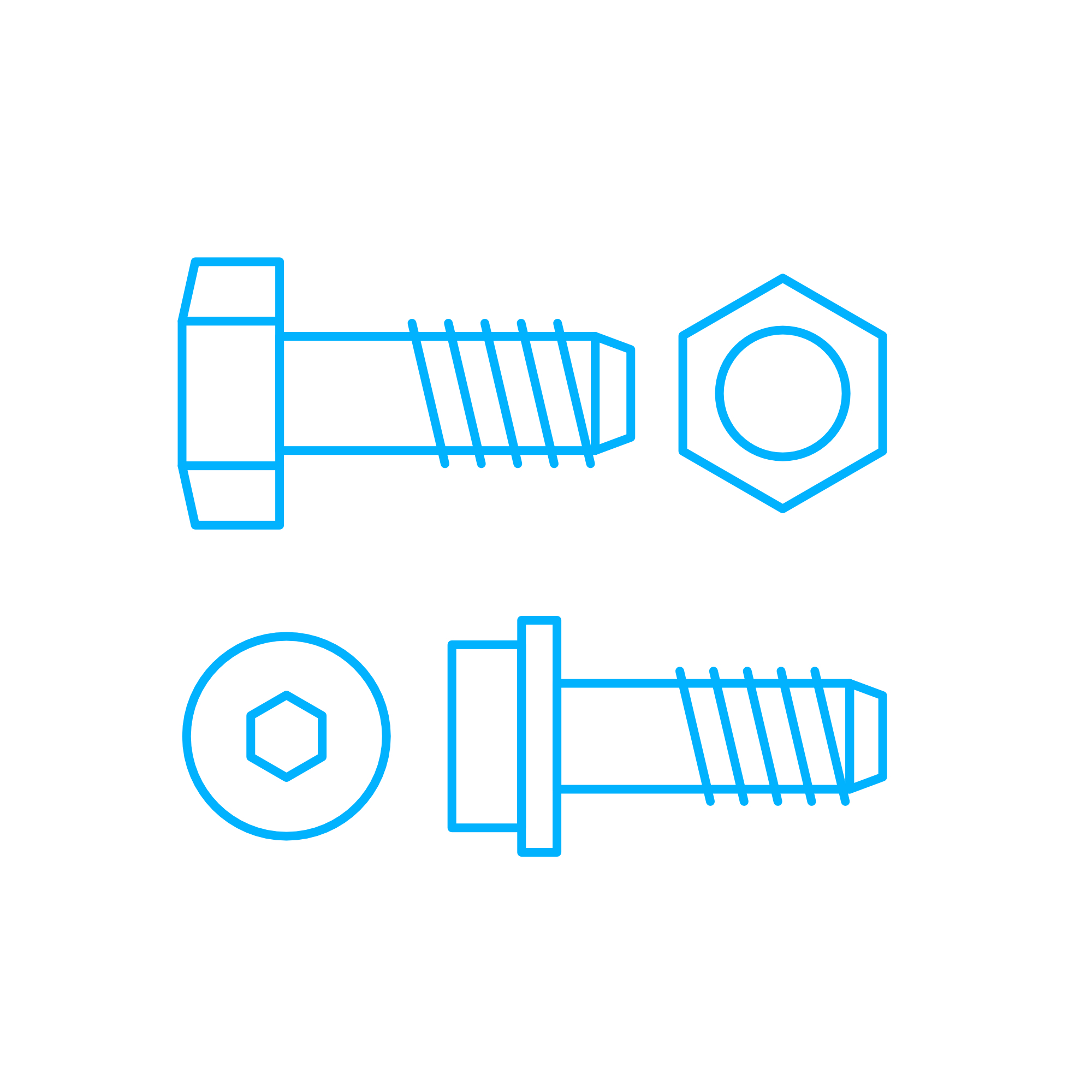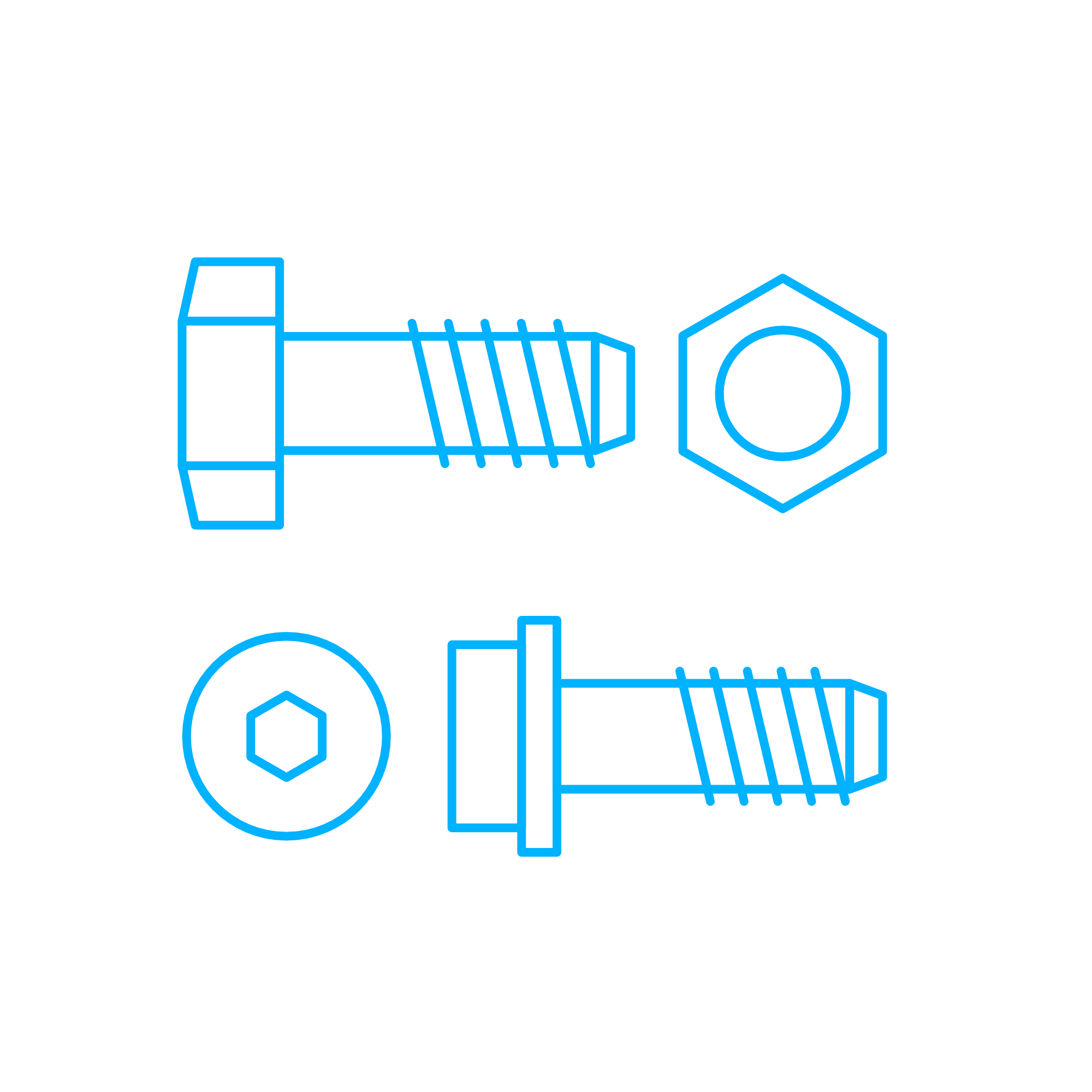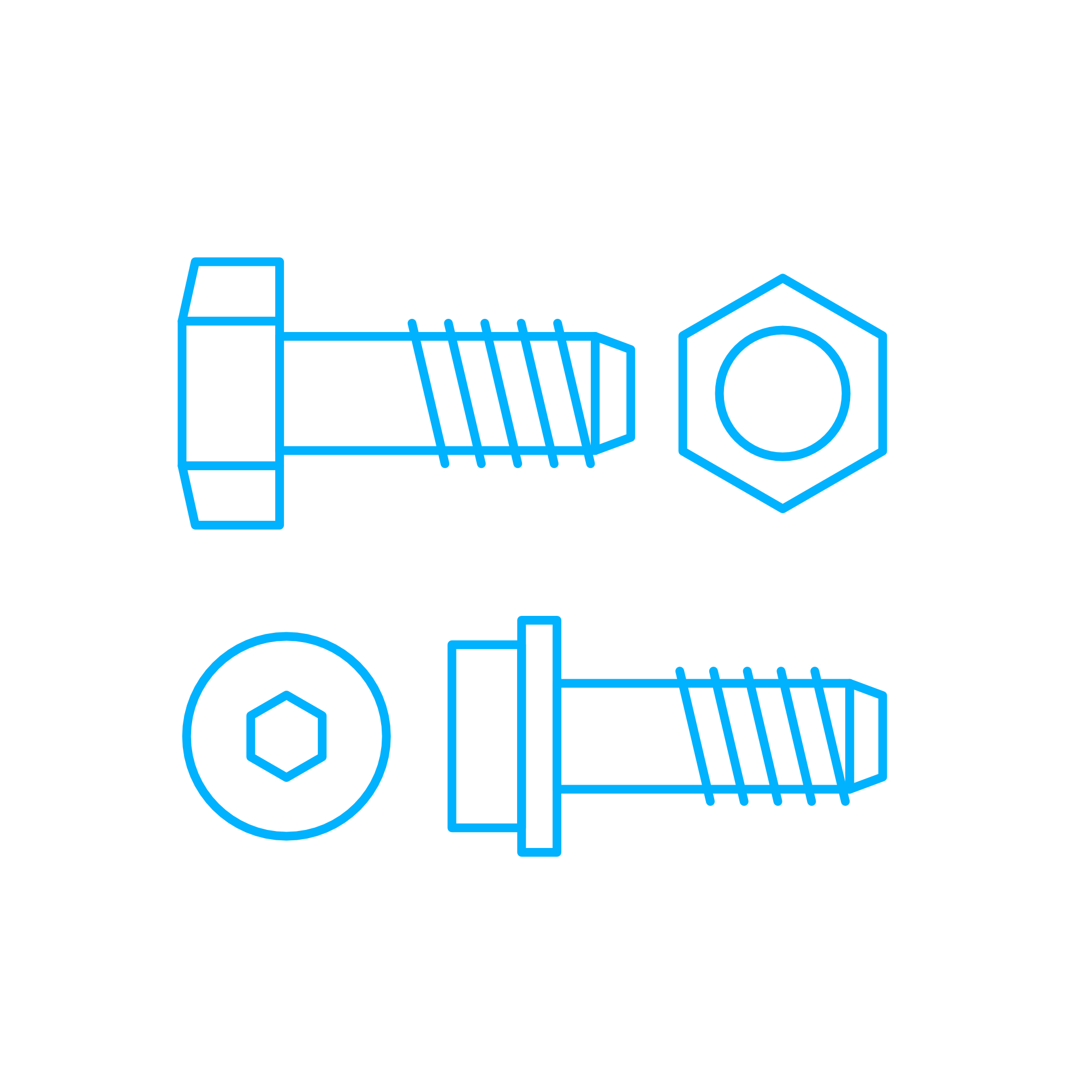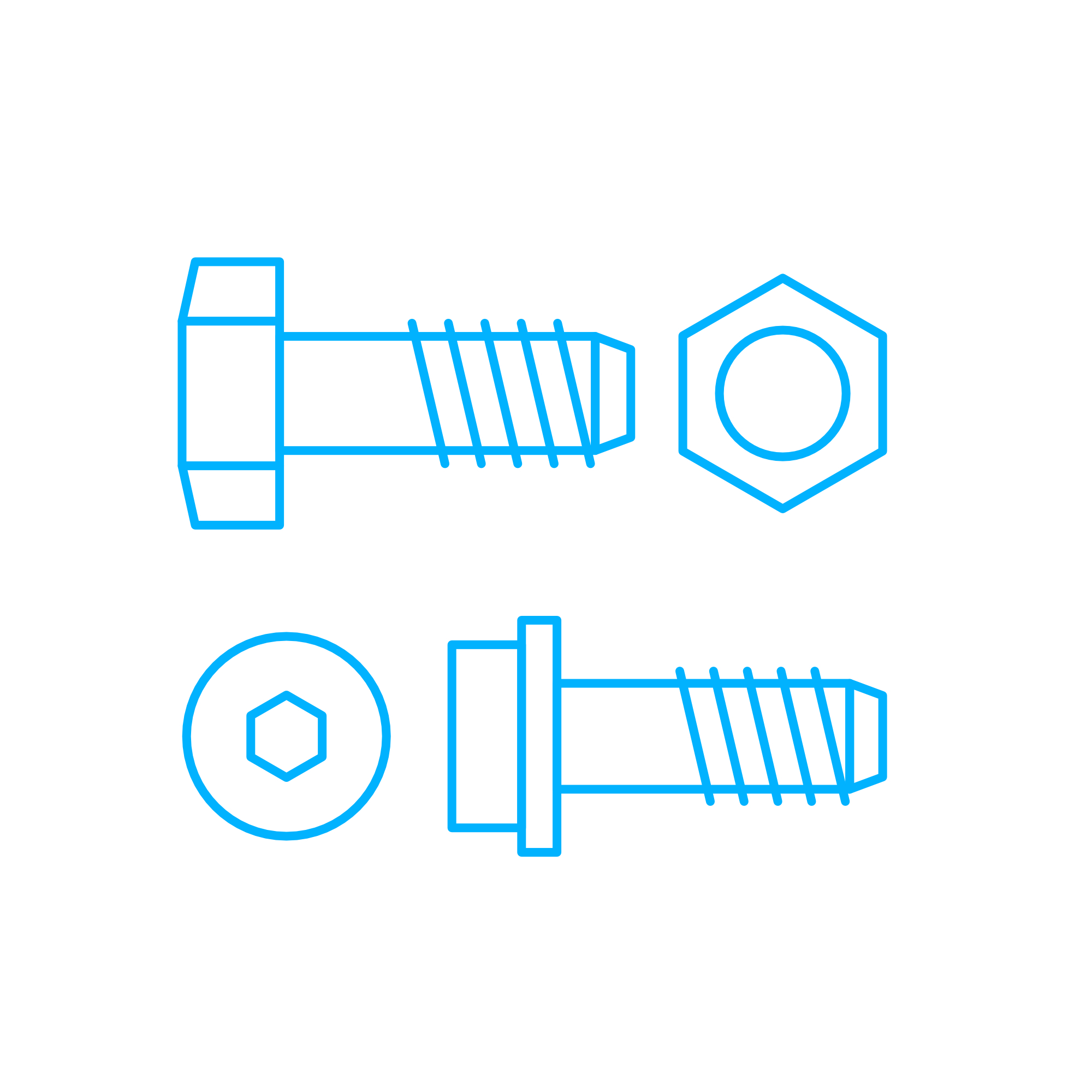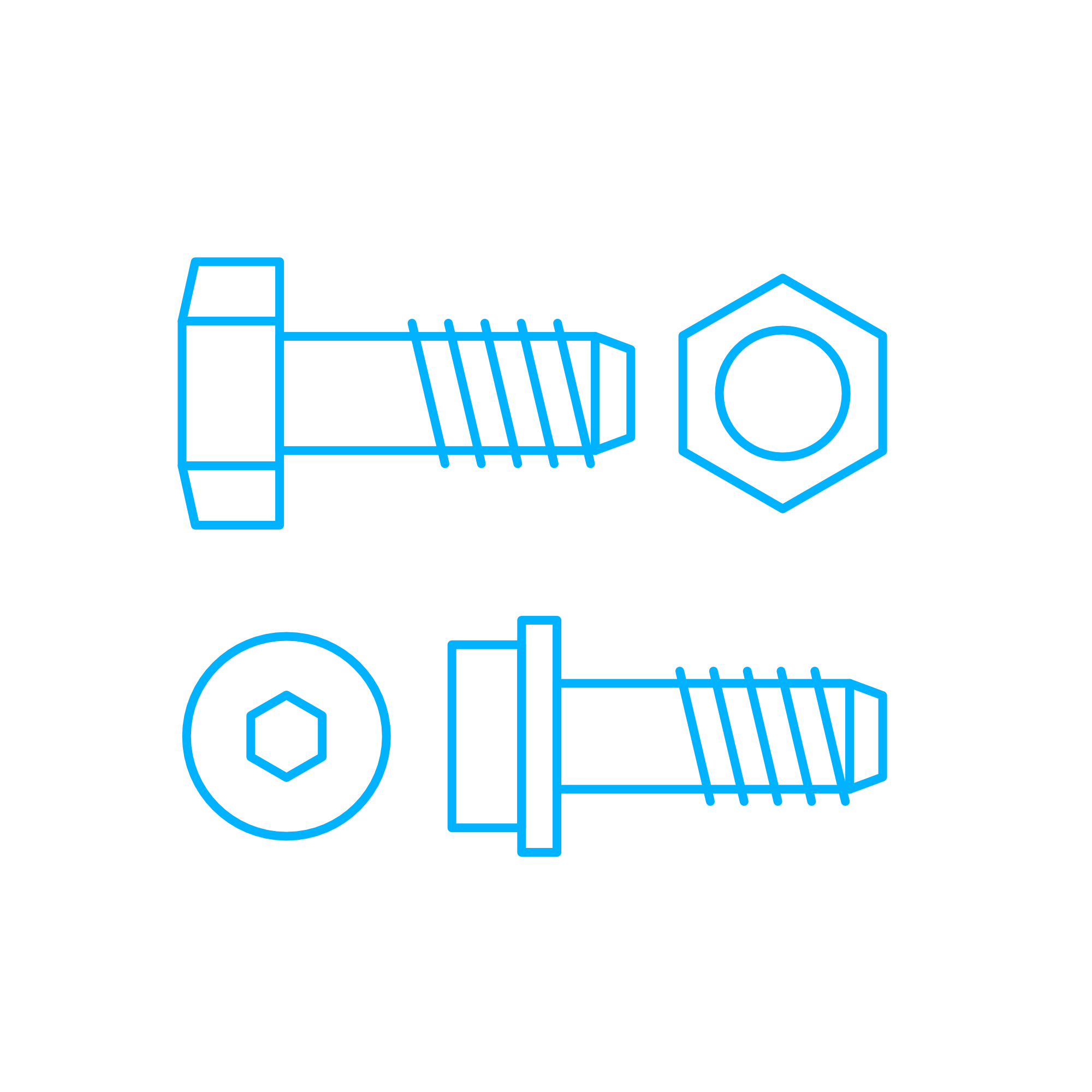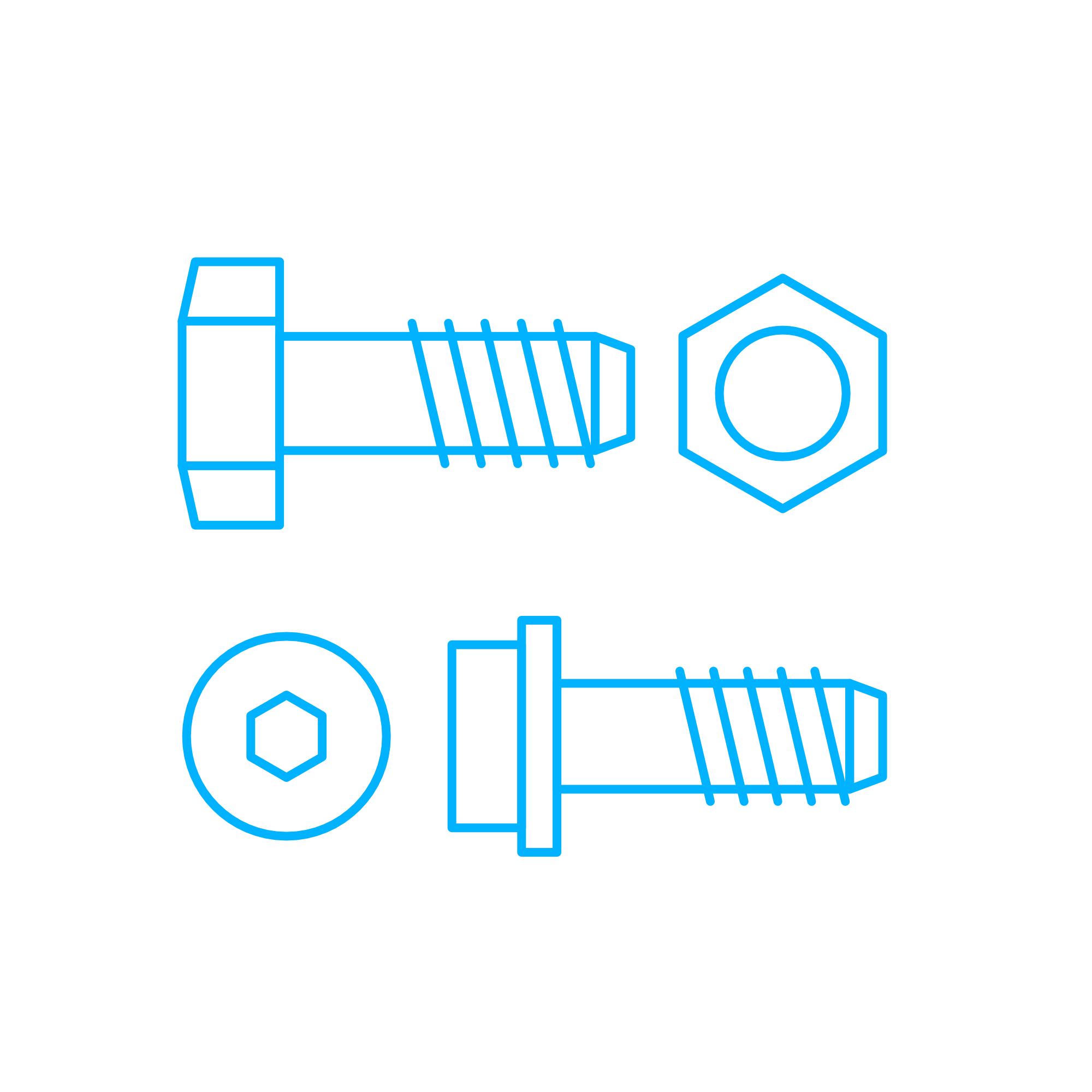CONTROL ROD Screws for Marine and Diesel Engines
Screws are precision fasteners that secure the most critical joints in engines. In large marine engines, diesel engines, and gas engines, screws hold together assemblies exposed to high loads, vibration, and thermal cycling—from cylinder covers and exhaust manifolds to turbochargers, pumps, and control linkages. As an article category, Screws include cap screws, studs, set screws, and specialty fasteners engineered to deliver repeatable preload, maintain clamping force, and protect joint integrity across thousands of operating hours. Without the right screws—correct in material, property class, coating, and geometry—engines cannot achieve their intended performance, efficiency, or safety levels.
Beyond general structural joints, screws also support sensitive mechanisms such as the CONTROL ROD in fuel rack and governor linkages. In these areas, consistent torque, reliable thread engagement, and precise alignment are essential for stable speed control and accurate fuel delivery, especially in harsh marine environments where corrosion and dynamic loads challenge every fastener.
Technical function of Screws in engines and CONTROL ROD assemblies
The primary function of screws is to generate and preserve clamping force via controlled tightening. When correctly torqued or torque-angled, screws stretch within their elastic range to create preload. This preload counteracts service loads so that surfaces remain in firm contact, sealing gaskets, stabilizing housings, and protecting bearings and rotating components from misalignment. In exhaust and charge-air joints, retained clamping force prevents hot-gas leakage and efficiency losses; in structural connections (e.g., bedplate to block), it ensures stiffness and minimizes vibration.
In CONTROL ROD marine engine linkages and similar mechanisms, screws secure levers, brackets, and position sensors. Here, the role extends beyond raw strength: the fasteners must deliver precise repeatability under micro-motions, resist loosening, and maintain alignment to preserve governor response and fuel-rack linearity. For a CONTROL ROD diesel engine setup, incorrect fastener friction or poor surface finish can translate into hysteresis, irregular timing, and unstable idle or load transitions.
Engineering aspects that define high-performance engine screws include property class (e.g., 10.9/12.9 for high tensile strength), metallurgy and heat treatment for fatigue resistance, rolled threads for improved root geometry, and coatings that stabilize friction coefficients and fight corrosion. Repeatable tightening—supported by clean threads, specified lubricants, and calibrated tools—ensures the designed preload is achieved. Where relevant, adhesives, prevailing-torque nuts, lock wire, or tab washers complement the fastener system to prevent loosening under vibration. For CONTROL ROD OEM parts and related subassemblies, matched hardware avoids tolerance stack-ups and ensures exact fit.
- · High tensile strength for sustained preload under cyclic loads.
- · Rolled threads that improve fatigue life and thread integrity.
- · Coatings that control friction and resist corrosion at sea.
- · Tight dimensional tolerances for precise alignment.
- · Heat treatment matched to engine temperature profiles.
- · Materials compatible with fuels, oils, and coolants.
- · Proven torque/angle procedures for repeatability.
- · Options for locking methods in high-vibration zones.
Importance of Screws for reliable engine operation
Fastener health directly determines engine reliability and service life. If screws lose preload through wear, relaxation, or corrosion, joints begin to slip and fret. Gaskets can blow out, hot gas can erode sealing faces, and misalignment can overload bearings and couplings. In a CONTROL ROD linkage, a loose or deformed screw introduces play, causing erratic governor signals, uneven fuel delivery, and increased fuel consumption. Over time, micro-movement expands holes, damages threads, and escalates maintenance costs.
Typical failure modes include fatigue cracking from insufficient preload, galling from poor lubrication, thread stripping due to mismatched hardness, and hydrogen embrittlement in some coated fasteners if not processed correctly. Preventive best practices include periodic torque checks where permitted by the OEM procedure, replacement at overhaul intervals, use of new fasteners when specified as “single-use,” and adherence to the prescribed tightening sequence and lubricant. Traceable parts with certified properties reduce risk, extend overhaul cycles, and stabilize total cost of ownership.
Advantages of OEM spare parts suitable for Screws
Performance, reliability, budget, and service life with OEM parts
OEM spare parts suitable for Screws deliver consistent metallurgy, surface condition, and geometry, which translates into predictable preload and joint stability. For high‑temperature exhaust joints, the correct alloy and heat treatment hold strength during thermal cycling. In CONTROL ROD diesel engine linkages, exact-length screws with defined friction coefficients ensure precise torque-to-tension conversion and stable control characteristics. Certified coatings resist salt-laden atmospheres in marine service, while validated thread forms and fillet radii increase fatigue limits.
Using OEM parts helps reduce rework and unplanned downtime by eliminating incompatibilities and uncontrolled tolerances. It also optimizes budgets: higher reliability limits collateral damage to housings and mating components, and longer service intervals reduce labor and consumables. Standardized kits—covering cylinder-head, manifold, turbocharger, pump, and CONTROL ROD marine engine assemblies—streamline procurement and ensure that all necessary fasteners arrive with consistent specifications and documentation. The result is improved availability, safer operation, and predictable lifecycle costs.
MOPA: your partner for OEM Screws and CONTROL ROD OEM parts
MOPA is an experienced, reliable partner for OEM spare parts in the Screws category, supporting diesel and gas engines across marine, power generation, and industrial segments. We prioritize speed, quality, and security in every transaction—rapid sourcing, rigorous part verification, and robust logistics for ports and shipyards worldwide. Our team aligns part numbers, materials, and property classes with engine maker specifications, delivering fasteners that fit right the first time—whether for cylinder covers, turbocharger brackets, or CONTROL ROD OEM parts within governor and fuel‑rack systems.
With MOPA, purchasers and technical decision-makers benefit from expert support on tightening procedures, surface treatments, and kit completeness. From urgent AOG-style shipments to scheduled dry-dock overhauls, we ensure the correct screws reach you on time with the documentation you expect.
Conclusion
Screws are indispensable to engine integrity, from structural joints to precision CONTROL ROD assemblies. Their correct specification and condition directly shape performance, efficiency, and safety. By choosing OEM spare parts suitable for Screws, you secure consistent quality, dependable preload, and long service life—protecting your engine and your budget in every operating hour.

